
Combining world-class wine with breathtaking scenery, Tasmania can be a paradise for visiting wine lovers. Here’s everything you need to know about planning a Tasmanian wine trip.
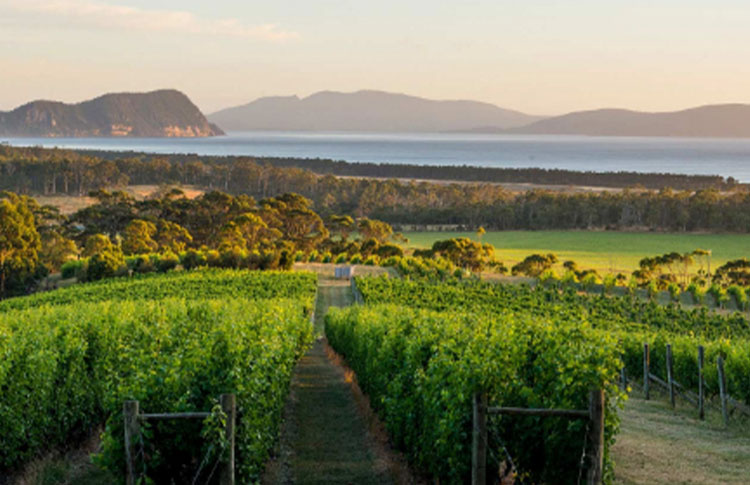
Contents
From the wild beaches of the East Coast to the lush river-valley plains emanating from Hobart and Launceston, Tasmania is blessed with many regions superbly suited to making wine. Hence why it has developed a strong global reputation in recent decades. The Tamar Valley and Coal River Valley get the lion’s share of attention, but there’s plenty more to Tasmanian wine than these two world-renowned regions. Take an up-close look at some Tasmanian wineries and vineyards and you’ll find everything from superb sparkling wines to deep, bold reds, and plenty more in between.
History: background of Tasmanian wine production
Although early European settlers were drawn by the promise of “fertile soils akin to those of France” in Tasmania, 19th-century experiments in vine plantings on the island state were deeply underwhelming. As a result, they were abandoned for half a century, largely in favour of other booming agricultural industries such as dairy and horticulture (particularly apples). However, from the 1950s the first commercially viable grapes started being produced in the Tamar Valley (north of Launceston, on the northern coast). Since then, the Tasmanian wine industry in general – and the Tamar Valley in particular – has gone from strength to strength. Now, several other regions have joined the Tamar as major wine-making areas not only in Australia but globally. Alongside this larger industrial development, a smaller, boutique craft wine industry has developed since the early 2000s. All told, that means there are plenty of intriguing wine regions of Tasmania to visit!
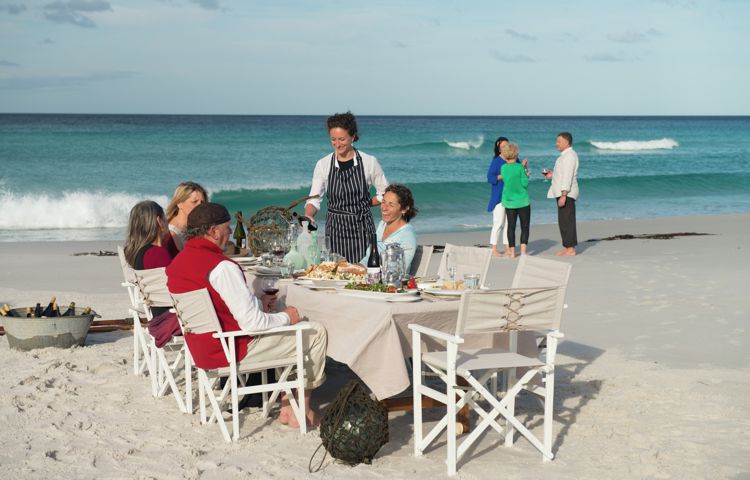
Which wine varietals are Tasmania famous for?
Although Tasmania’s wine regions differ markedly between themselves in terms of climate, characteristics, soil composition, and general terroir, the unifying factor is that they are all well suited to traditional, cool-climate wines, following the European tradition – and especially classic French-style varieties. Of these, by far the most prevalent and productive varieties are Pinot Noir and Chardonnay, in that order, which between them account for about two-thirds of Tasmania’s total wine production. The next most important varieties in Tasmania are Sauvignon Blanc, Pinot Gris and Riesling, although many more varieties are now being grown on a commercial scale by both large and small wineries. These include Gewurztraminer, Merlot, Arneis, Cabernet Sauvignon, and Shiraz. In addition, the large plantings of Chardonnay and Pinot Noir ensure fantastic Sparkling wine production all around Tasmania, as well as plenty of Rosé.
Where are the main wine regions of Tasmania?
You can find an in-depth article dedicated to each these wine regions individually on First Light Travel’s Tasmania blog. However, here is a quick overview of the different Tasmanian wine regions:
The “Fab Four”
Between them, these areas account for over 90% of Tasmania’s total wine output. Unsurprisingly, each one contains dozens and dozens of fantastic cellar doors and wineries to visit. It could be tough to pick between them!
The Tamar Valley
Spreading north from Launceston to the Bass Strait, this world-renowned region produces nearly half of Tasmania’s total wine output.
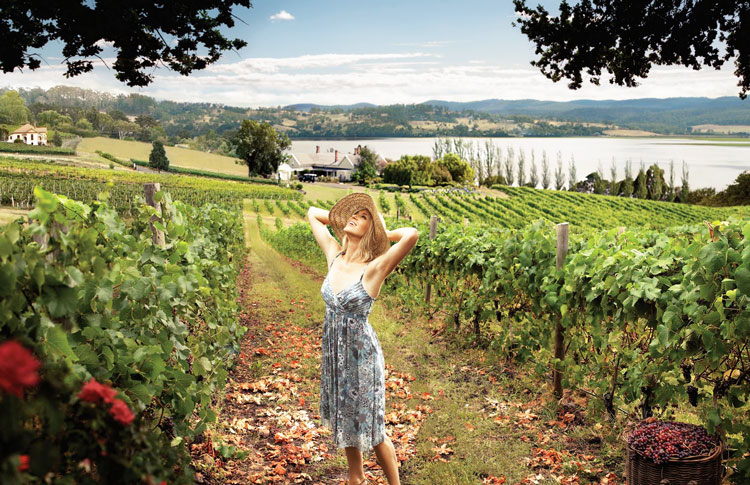
The Coal River Valley
Starting only 15 minutes from Hobart CBD (or 5 minutes from Hobart International Airport), this diverse and major wine region is arguably the most easily accessible in Tasmania.
The East Coast
Laden with an unfair proportion of Tasmania’s most famous landmarks and must-see sites, the East Coast is also no slouch when it comes to wine making. There are fabulous wineries dotted all the way along, with a particular concentration around Cranbrook, near the start of the Freycinet Peninsula.
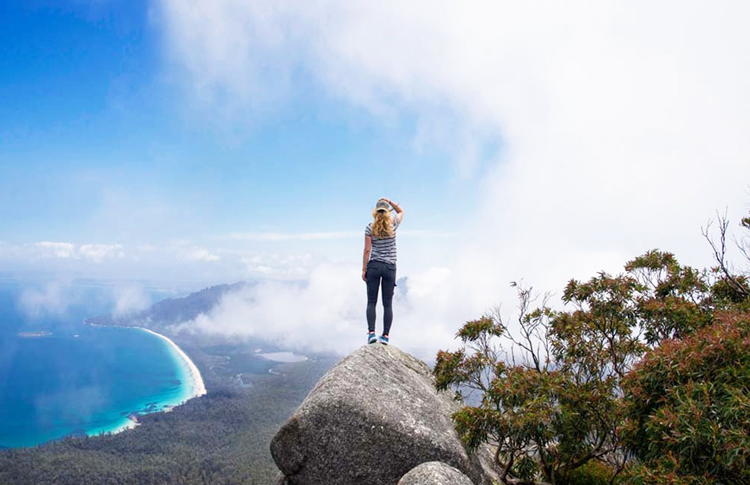
Pipers River
The Tamar Valley’s “little brother”, situated just over the hill in northern Tassie, Pipers River is actually far from small when compared with any other Tasmanian wine region – especially when it comes to Sparkling, for which the region is arguably Australia’s best.
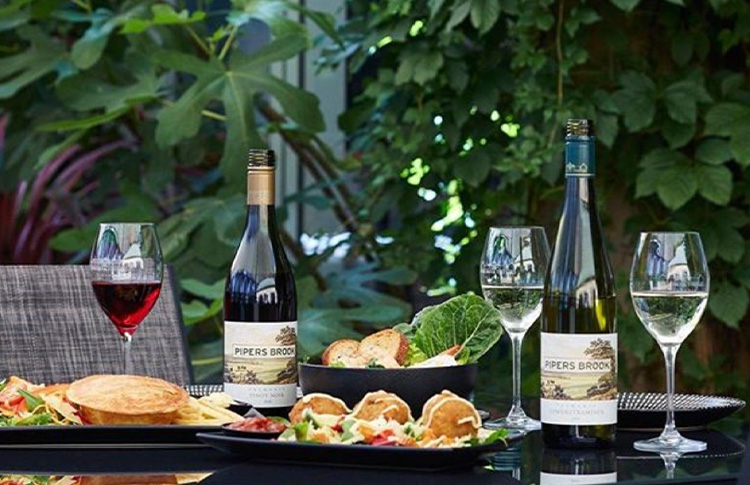
The smaller centres
Although smaller in terms of scale than those regions above, there’s still plenty of noise about the vineyards and wines coming out of these burgeoning wine-making regions. Better yet, some of them are also combined with proximity to some of Tasmania’s most stunning natural landscapes and travel destinations!
The Huon Valley
Formerly the unquestioned centre of apple production in a state known as the “Apple Isle”, in recent decades the Huon has reinvented itself as Australia’s southernmost major wine region.
The Derwent Valley
A meandering wine region following the bends of the river north of Hobart, just north of the renowned MONA art gallery, the Derwent features lots of diversity from its white wine-suited, river-plain wineries up to the red-heavy vineyards of its upper reaches.
The Cradle Coast and the North West
Very few wine regions in the world can compete with the Cradle Coast’s combination of beautiful beaches, rugged wilderness, ancient rainforest and world-class wine.
Bruny Island and the South Coast
Far smaller than other Tasmanian wine regions in terms of industrial-scale production, a number of boutique South Coast wineries have carved out a niche for the region in providing innovative, small-batch and artisan wines in recent years.
Where to Taste in the North
Taking in the Tamar Valley, Pipers River and broader North Coast wine regions, there are essentially hundreds of different wineries, cellar doors and tasting experiences to enjoy within an hour’s drive of Launceston. Here are just a few of the best:
Holm Oak Vineyards
Cosy up to the fireplace at the Cellar Door in winter, or enjoy summer tastings of a bright, vibrant Arneis at the only Tasmanian winery that produces this unique northern Italian variety.
Velo Wines
Located right at the start of the Tamar Valley at Legana, this traditional French-inspired winery is an excellent place to start your wine tour with an elegant, lees-aged Champagne-style Vintage Sparkling.
Stoney Rose
Funky, cool, down-to-Earth and upmarket all at once, Stoney Rose pushes the boundaries on typical Tasmanian Pinot Noir and Pinot Gris production, while also providing a tasting room and cellar door experience fit for a special occasion or a sure-to-impress first date.
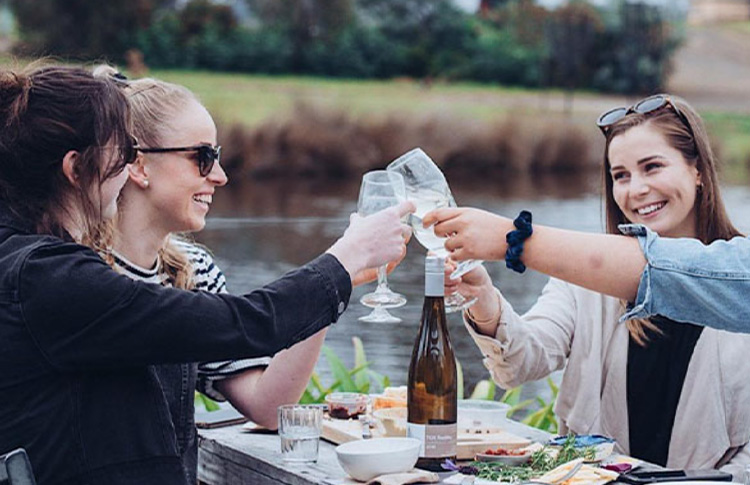
Where to Taste in the South
Fancy a trip to wonderful Bruny Island? Looking for wineries to visit within a stone’s throw of Hobart? Don’t worry, you’ll find a multitude of options among the Derwent Valley, Huon Valley, Coal River Valley and South Coast wine regions. For example:
Puddleduck Vineyard
Perhaps the most family-friendly winery to visit on this list, Puddleduck are as well known for their Riesling as they are for the friendly, pat-able ducks and outdoor ‘Green Zone’ play area.
Trial Bay Estate
A boutique operation dedicated to hands-on, organically aligned wine production, Trial Bay’s rich and savoury Pinot Noir pairs particularly well with nearby Grandvewe Cheeses.
Derwent Estate
Pop into this heritage-listed, 1820s limestone cottage to enjoy tastings of full-oak Chardonnay, clean-finish Pinot Gris and a bold fireside Pinot Noir while taking in views over one of Australia’s oldest cultivated farmlands.
Where to Taste in the East
Plan a road trip centred on wine tasting, or add a visit to one of these wineries to any of First Light Travel’s self-drive itineraries that take in the many sights of Tasmania’s East Coast!
Craigie Knowe Vineyard
The oldest winery on the East Coast, whose Cellar Door is housed inside a quaint 1840s cottage.
Devil’s Corner
A sleek, stylish vineyard and cellar door combining bold architecture with equally bold, berry-forward Pinot Noir tastings.
Boomer Creek
A family-run, third-generation farm and vineyard that has everything from grazing sheep and tart-sweet Rieslings to superb views over Little Swanport inlet towards Ram Island.
Where to Taste in the West
Much less crowded and much less developed in terms of industrial wine production than its compass-point colleagues on this list, there’s an enchanting ‘Wild West’ element to the innovative and intriguing wine production taking place near Tasmania’s wonderful western waterfalls, wild forests, and imposing Cradle Mountain:
Eastford Creek
With a cellar door atop a rocky outcrop giving full views over the vines and arguably Tasmania’s most in-depth personal winery tours, Eastford Creek is a place where visiting wine lovers can get lost for hours.
Leven Valley
A small-scale winery with a true community spirit, Leven Valley call on local volunteers at harvest time each year, but also invite visitors to their cellar door year-round to bring their own food and picnic gear to enjoy alongside several small-batch vintages.
Where to buy Tasmanian wine
If you can’t make it to the wineries and cellar doors listed above – or even if you can, but still fancy making a bigger purchase to take home – then don’t worry, there are plenty of places to stock up on quality Tasmanian wine and get it home safely.
In-store
If you can’t carry it yourself, these shops can also help you with information on international delivery and shipment options:
The Tasmanian Wine Centre, Hobart: The clue here is in the title: everything you need to know (and buy) regarding wine in Tasmania.
Cool Wine, Hobart: Owned by one of Australia’s most renowned wine judges, it’s safe to say this sleek, well-curated shop is an authoritative place to find something special.
Pinot Shop, Launceston: Nothing says wine in Tasmania like Pinot Noir, and nothing says Pinot Noir in Launceston – the gateway to Tasmania’s largest wine region, the Tamar Valley – like the Pinot Shop, a local institution.
The Farm Shed East Coast Wine Centre, Bicheno: Conveniently located between the Bay of Fires and Freycinet Peninsula in Bicheno, this is a fantastic place to stock up while enjoying the highlights of an East Coast road trip.
At the winery, or online
Many Tasmanian wineries offer postage and delivery services, including to your home outside of Australia. Many also have their own online shops for direct home delivery. Head to the specific ‘Complete guide to’ blog posts for each Tasmanian wine region (found on FLT’s Tasmania blog page) to find specific details on the wineries’ websites.
Ready to go?
With all that’s on offer with Tasmanian wine, there are so many different ways to enjoy the island state for visiting wine lovers. If you’re ready to start planning your visit, head to First Light Travel’s page outlining possible Tasmania self-drive itineraries, which take in all the regions listed above. Or, if you want to pick and choose and make your own itinerary, then feel free to contact FLT’s Tasmanian travel experts for help and guidance in piecing together your own personalised trip!
Recent Posts
Blog Categories
Blog archives
- March 2025 (1)
- November 2024 (1)
- October 2024 (1)
- September 2024 (8)
- June 2024 (4)
- May 2024 (2)
- April 2024 (2)
- March 2024 (13)
- February 2024 (3)
- January 2024 (5)
- December 2023 (6)
- November 2023 (4)
- October 2023 (11)
- September 2023 (2)
- August 2023 (6)
- July 2023 (2)
- June 2023 (17)
- May 2023 (3)
- April 2023 (5)
- March 2023 (8)
- February 2023 (9)
- January 2023 (12)
- December 2022 (9)
- November 2022 (12)
- October 2022 (12)
- September 2022 (12)
- August 2022 (6)
- July 2022 (9)
- June 2022 (7)
- May 2022 (3)
- April 2022 (4)
- March 2022 (6)
- February 2022 (1)
- January 2022 (4)
- December 2021 (2)
- November 2021 (3)
- October 2021 (1)
- September 2021 (4)
- August 2021 (10)
- July 2021 (13)
- June 2021 (6)
- April 2021 (2)
- March 2021 (2)
- February 2021 (1)
- January 2021 (1)
- December 2020 (2)
- November 2020 (3)
- October 2020 (2)
- September 2020 (1)
- August 2020 (1)
- July 2020 (1)
- June 2020 (1)
- May 2020 (1)
- March 2020 (1)
- February 2020 (2)
- January 2020 (4)
- December 2019 (2)
- November 2019 (1)
- October 2019 (1)
- September 2019 (5)
- August 2019 (1)
- July 2019 (5)
- June 2019 (1)
- May 2019 (1)
- April 2019 (1)
- March 2019 (1)
- February 2019 (1)
- January 2019 (1)
- December 2018 (1)
- October 2018 (1)
- May 2018 (1)
- February 2018 (1)
- December 2017 (1)
- October 2017 (1)
- June 2017 (1)
- May 2017 (1)
- February 2017 (1)
- January 2017 (1)
- September 2016 (1)
- August 2016 (2)
- July 2016 (1)
- June 2016 (1)
- May 2016 (1)
- April 2016 (1)
- December 2015 (1)



